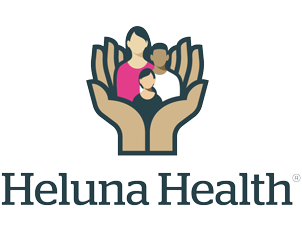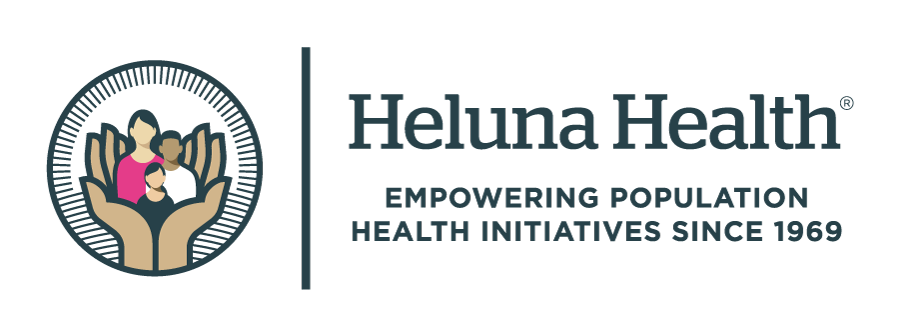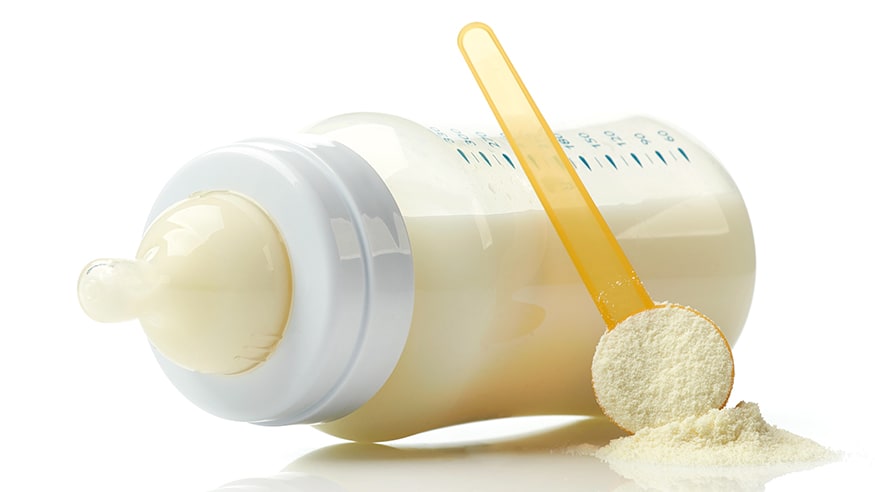LOS ANGELES – Lactose-reduced infant formula, which has grown in popularity over recent years, has been found to increase the risk of obesity in children ages two to four, according to research conducted by investigators from Heluna Health’s Women, Infants, and Children (WIC) program and Children’s Hospital Los Angeles.
The study found that lactose-reduced infant formula made with corn syrup solids—typically marketed for “fussy babies”—increased the risk of obesity by 10% for children at age two, 8% at age three, and 7% at age four, compared to children who received only other types of formula. The researchers used data from more than 15,000 formula-fed infants served in the Los Angeles WIC program.
The results were published on August 23 in the American Journal of Clinical Nutrition. According to lead author Christopher E. Anderson, PhD, an Associate Research Scientist at Heluna Health’s WIC program, this is the first study that addressed the effect of formula on childhood obesity, which is a national epidemic in the U.S. “In the WIC population, we see a risk of obesity from all those who use formula,” Anderson said. This new research suggests that there may be a direct connection for lactose-free formula, though that needs further study. Anderson said childhood obesity can lead to premature cardiovascular diseases and persistently elevated weight factors in adulthood. It is also more prevalent in Hispanic and Black children than non-Hispanic White and Asian children.
WIC is a federal nutrition assistance program that serves pregnant and postpartum women, infants, and children under five who live in low-income households. It serves about half of all infants born in the U.S., providing infant formula for infants not fully breastfed. Heluna Health, a nonprofit public health organization, focuses on a broad range of population health issues, including providing outbreak response, addressing food insecurity for vulnerable families, and extending outreach/shelter for people experiencing homelessness. It supports partner organizations and offers direct service programs, including WIC, which serves more than 270,000 participants monthly in Los Angeles County.
Sales of lactose-free infant formula totaled about $14 billion globally in 2021. According to a market research firm Future Market Insights report, nearly one-quarter of infant formula sales totaled approximately $59 billion last year according to Precedence Research. Ironically, Anderson said, “gentle digestive formulas get a lot of traction with mothers, but lactose intolerance is exceedingly rare in infants, so it’s not clear why people are using these products,” since regular formula would have no worse effect on most children.
Anderson and Shannon E. Whaley, PhD, Director of Research and Evaluation at Heluna Health’s WIC, collaborated with Michael I. Goran, PhD, Professor of Pediatrics at Children’s Hospital Los Angeles and the University of Southern California on this research. “If WIC can use data from studies like this one to refine how it determines the types of infant formula it provides to participants, the program could help alleviate the burden of childhood obesity among its formula-feeding infants,” Goran said.
Anderson said that the investigators plan a follow-up study examining the relationship between formula and children’s diet. “WIC wants to make sure that the highest quality formula is provided. So that’s why we’re doing this study.”
Breastmilk and infant formula made from cow’s milk contain lactose, which is replaced with glucose in the form of corn syrup solids in lactose-free formula. The researchers believe that the increased risk of obesity could develop from a stronger preference for sweets through the higher glycemic load of the formulas with corn syrup solids or perhaps through differences that develop in infant guts in response to the glucose-based formula.
The study was conducted before the nationwide shortage of infant formula materialized earlier this year, causing families to purchase any available formula. Said Whaley, “As the nation emerges from this crisis, there is significant opportunity to reconsider how different types of formula are authorized for purchase in the WIC program, and what nutritionally appropriate formula options can be made available for infants that do not include corn syrup solids.”
The study was published in the American Journal of Clinical Research. Read the abstract and access the complete analysis: Lactose-reduced infant formula with corn syrup solids and obesity risk among participants in the Special Supplemental Nutrition Program for Women, Infants, and Children (WIC).





